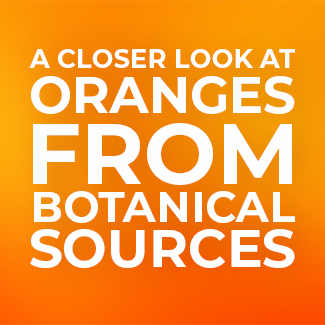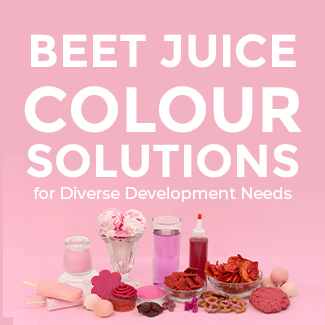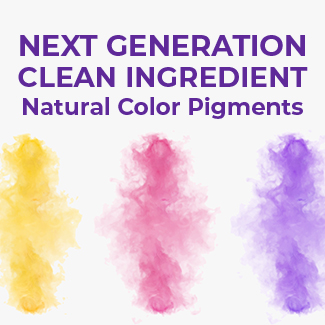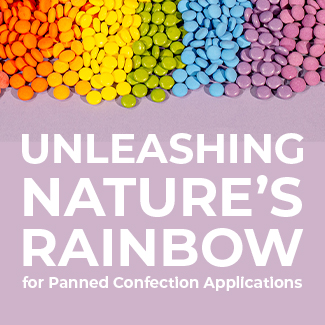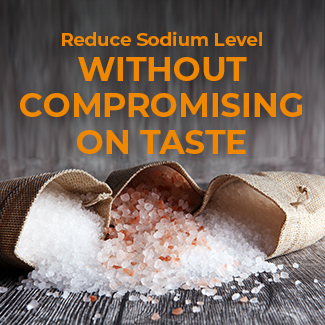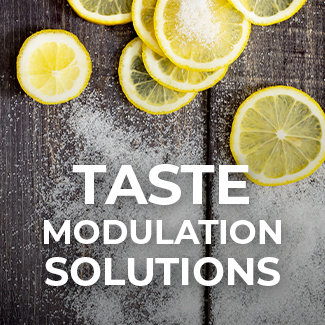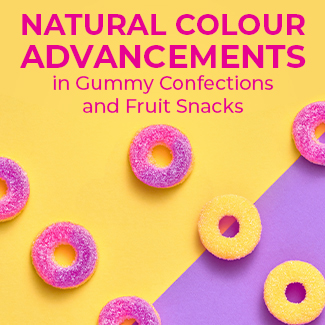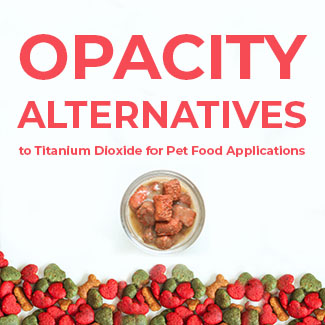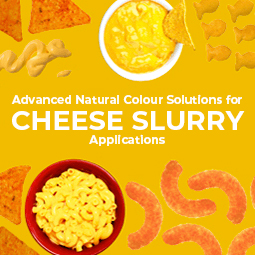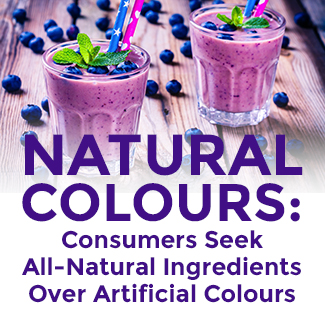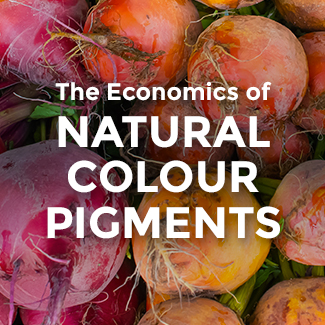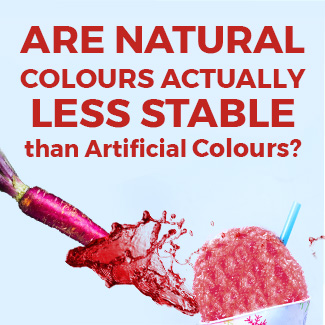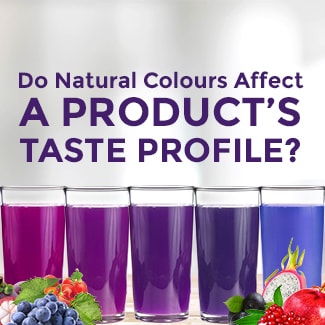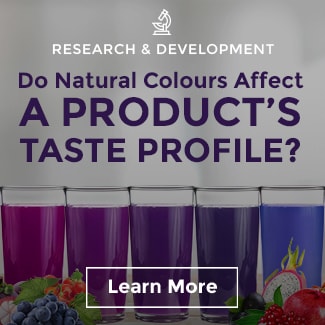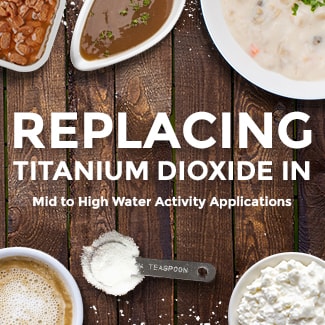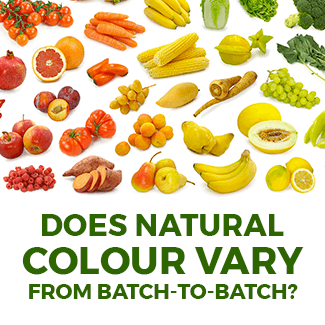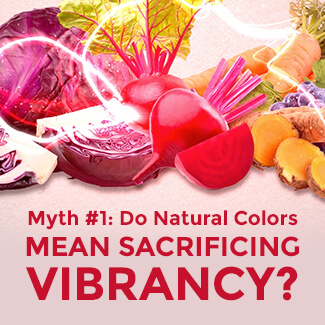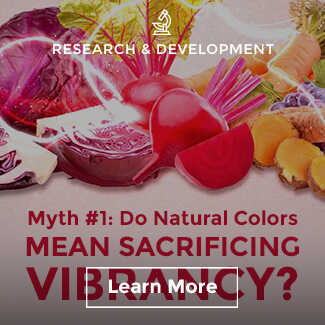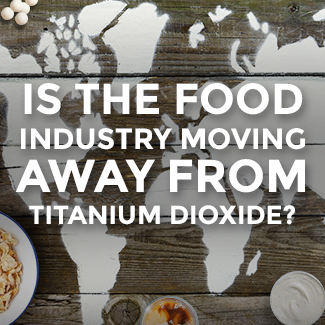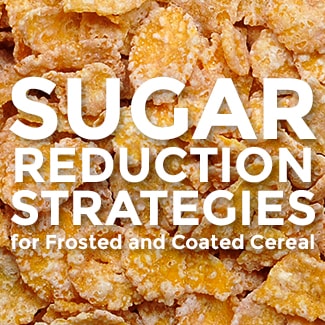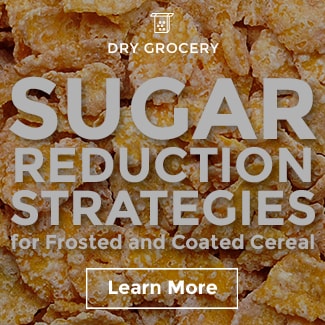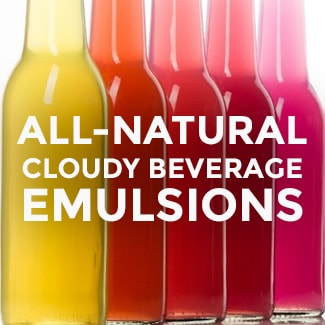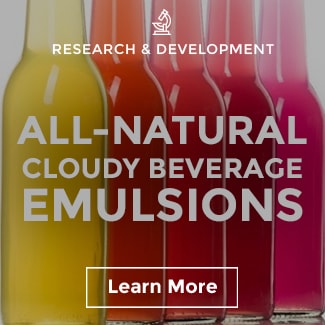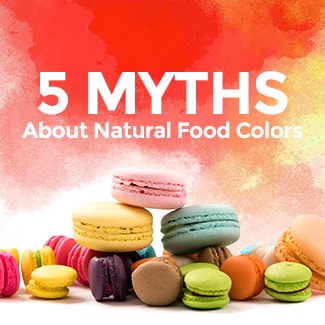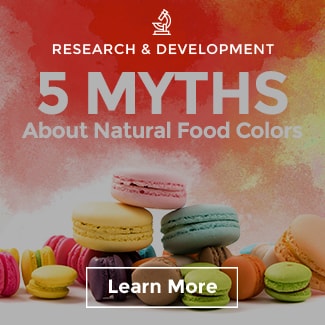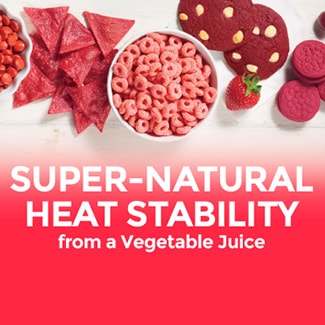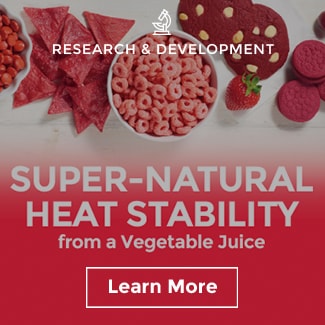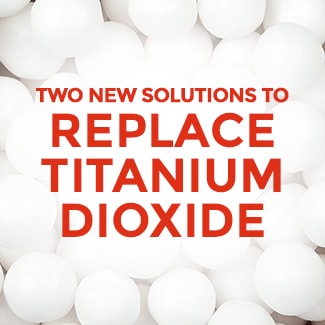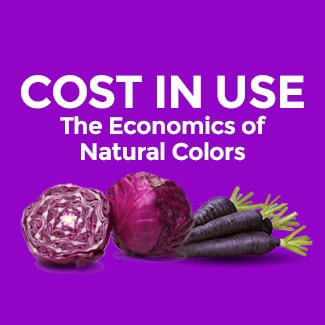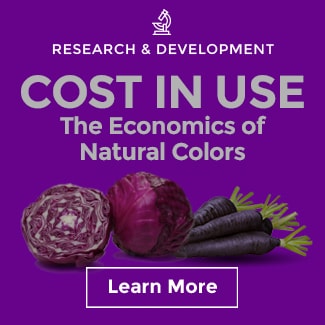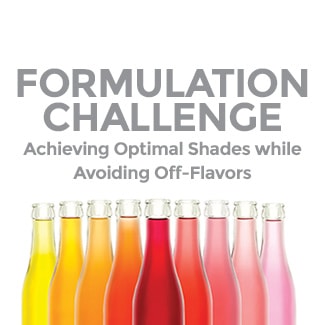Reducing Sugar in Natural Colour Solutions
Sugar Under Scrutiny with New Taxes and Label Regulations
A bright global spotlight is shining on sugar, causing the infamous additive’s future to look dimmer than ever before.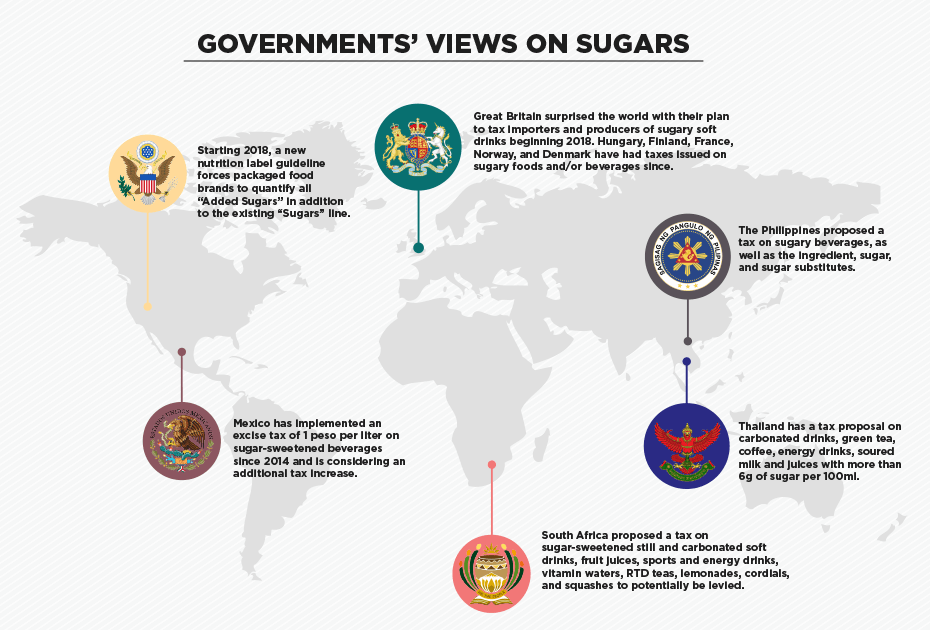
Sugar taxes are coming down on the beverage industry pretty hard and new research models indicate these taxes could have a positive impact on our health. A study, co-written by Australia’s Obesity Policy Coalition and the University of Queensland’s School of Public Health stated a 20% tax on sugar-sweetened beverages could save more than 1600 lives and raise at least $400 million a year for health initiatives. This research is the first of its kind to model Australian population data through the assessment of a possible tax initiative. This research is significant, as it links sugary beverage taxes to positive health effects.
With over 400 million adults with diabetes around the world, the scrutiny on sugar could potentially ripple into categories beyond beverages. The idea of taxing sugary packaged goods could especially be promoted by global governing bodies who are actively seeking solutions to address public health issues such as obesity and diabetes. Governments are certainly not alone in this battle on sugar — consumers and advocacy groups are also placing pressure on food and drink manufacturers to reduce sugar usage.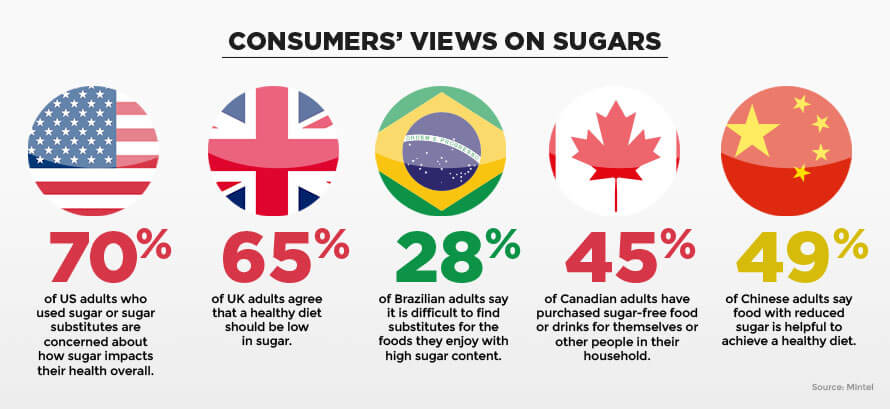
The Threshold of 0g of Added Sugars
Beginning 2018, the U.S. will adopt a newly designed “Nutrition Facts” label requiring all U.S. food and drink manufacturers, as well as importers, to declare the amount of “Added Sugars” in grams. To avoid consumer backlash against “Added Sugars,” packaged food brands will reformulate to reduce sugar count wherever possible. We expect demand for ingredients with reduced sugar to rise, especially for those trying to hit the specific threshold of 0g of Added Sugars in the U.S. A revised nutrition label, specifically “sugars” line could possibly be issued in other parts of the world where concern over sugar continues. Colour from some fruit and vegetable sources inherently carries trace amounts of sugar. Luckily, there are sugar-free natural color solutions available. Advanced technologies and facility capabilities enable our efforts to reduce sugar from colour solutions.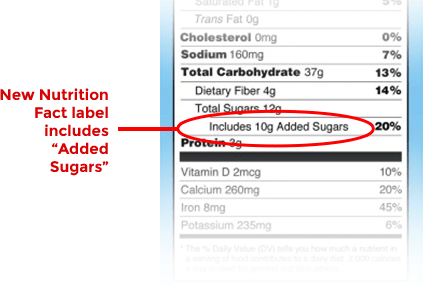
–– Reducing Sugar From Natural Colour Solutions ––
Custom Natural Colour Solutions
 Expertise: Advanced blending technologies enable us to combine multiple natural colour sources into a single-delivery system to more accurately achieve target shades and manage desired sugar content.
Why Important: Dependent on application, sugar content can be removed by adjusting the solution’s colour source components based on sugars while still achieving target shade.
Example: A natural purple solution consisting of red beet vegetable juice and blue spirulina is 4x the amount of sugar than a purple solution consisting of red anthocyanin vegetable juice and spirulina blend. Additional sources may also be incorporated to further reduce sugar or achieve target shade.
Expertise: Advanced blending technologies enable us to combine multiple natural colour sources into a single-delivery system to more accurately achieve target shades and manage desired sugar content.
Why Important: Dependent on application, sugar content can be removed by adjusting the solution’s colour source components based on sugars while still achieving target shade.
Example: A natural purple solution consisting of red beet vegetable juice and blue spirulina is 4x the amount of sugar than a purple solution consisting of red anthocyanin vegetable juice and spirulina blend. Additional sources may also be incorporated to further reduce sugar or achieve target shade.
Reformulation Of Colour Solution’s Carrier
 Expertise: Reformulating application-specific solutions to perform and deliver the same shade with carriers other than sugar.
Why Important: Some food manufacturers use carriers, like sugar, to enhance color incorporation within a formula or recipe but need a sugar-free solution to meet the “0g of Added Sugars” label specifications.
Example: Oil-Based or Water-Based Dispersions
Expertise: Reformulating application-specific solutions to perform and deliver the same shade with carriers other than sugar.
Why Important: Some food manufacturers use carriers, like sugar, to enhance color incorporation within a formula or recipe but need a sugar-free solution to meet the “0g of Added Sugars” label specifications.
Example: Oil-Based or Water-Based Dispersions
Highly Concentrated Colour Solutions
 Expertise: Specialized extraction techniques intensify pigment load from raw material which helps to decrease usage rate.
Why Important: Delivers bold colours at lower usages rates with less calories and sugar count.
Example: SupraRed™
Expertise: Specialized extraction techniques intensify pigment load from raw material which helps to decrease usage rate.
Why Important: Delivers bold colours at lower usages rates with less calories and sugar count.
Example: SupraRed™
The 2018 sugar label will certainly affect U.S. food scientists and U.S. imported food brands, but the demand for reduced or sugar-free could be widespread, especially in markets where “Reduced/Low” or “No Added” sugar statement is important.
If you are interested in reduced sugar natural colour solutions, please reach out to me with any formulation or application-specific questions. I’m happy to help food scientists adapt to any reduced-sugar needs in natural colour solutions!


